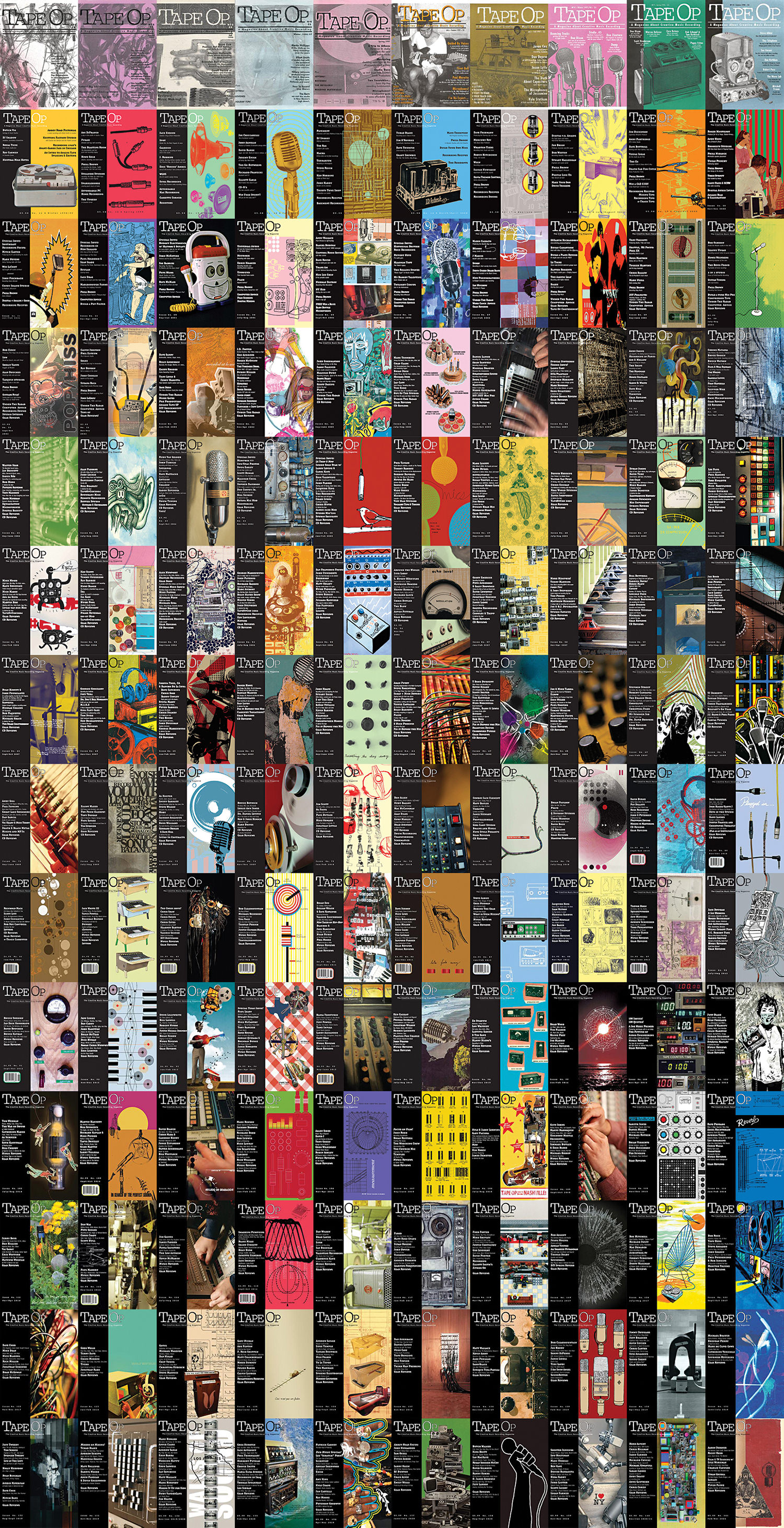If you want to time warp your sounds or samples, XLN Audio’s RC-20 Retro Color plug-in is most likely the tool for you. I should clarify that it is not a clinical, surgical, X-Acto knife of a plug-in, but rather a paint can of vintage vibe. What I’m trying to say is that the RC-20 is a heavy-handed plug-in that’s easy to use and a well thought out sound design tool. The world, as well as our mixes will be better for it.
The RC-20 offers six effects modules to help turn your soft synth into a Jack White [Tape Op #82] fever dream: Noise, Wobble, Distort, Digital, Space, and Magnetic. These Modules do what you’d imagine (Digital is a bit crusher, and Magnetic simulates tape machine magic) while offering several stylistic options within each one, and/or variable control over a few key parameters. For instance, the Noise option can introduce some standard effects like Vinyl Crackle and Hum, but also more creative options like Big Muff Noise, VHS Noise, DC Noise, etc. These can be manipulated with Follow and Duck options which immediately make the effect believable, rather than slapped on in post. Each module contains a Flux option, which adds unpredictability to certain key parameters, further deepening the authenticity that you’re chasing. Our ears are excellent at detecting patterns, and the RC-20 is exceptional at masking them.
In the other Modules, you’ll find the ability to add effects such as Wow and Flutter, Air Pressure Distortion (which surprised me in its realness), a Reverb/Resonator effect to provide dimension, and last but not least, Tape Wear, Capstan Issues, and Dropouts. Initially, I was shocked in that regardless of which parameters I turned up to inadvisable levels, the RC-20 still came out sounding musical and retro. I then realized that by default XLN has enabled a master low and high cut that helps to reign in your offensive frequencies, so be advised that if you want to use the RC-20 in a more transparent way (because you’re no fun), you’ll need to disable these. There are also master Gain, Tone, and Stereo width options, and a control called MAGNITUDE that according to the manual “works as a ‘global’ amount control for the entire plug-in.” It controls all six big knobs at once, as well as the controls in the bottom Master Section (In, Out, and EQ). This means you can go from a dry, unprocessed sound to full blast wobbly distorted mayhem using only this one (automatable) slider.” My only complaint would be the lack of an auto-gain feature – but given the creative nature of the RC-20, it’s not really appropriate anyway.
My primary takeaway from this plug-in is that it’s fun, powerful, and absolutely something that I’ll be using to flavor my tracks when other plug-ins are too technical or complex in creative moments. Producers and sound designers will love its combination of speed and flexibility. I regularly find myself in situations where artists describe their ultimate vision as retro, vintage, throwback, vibey, etc., and the RC-20 can unquestionably provide that, whether as an initial creative tool or the horsepower you need to convincingly date a sound.




_disp_horizontal_bw.jpg)